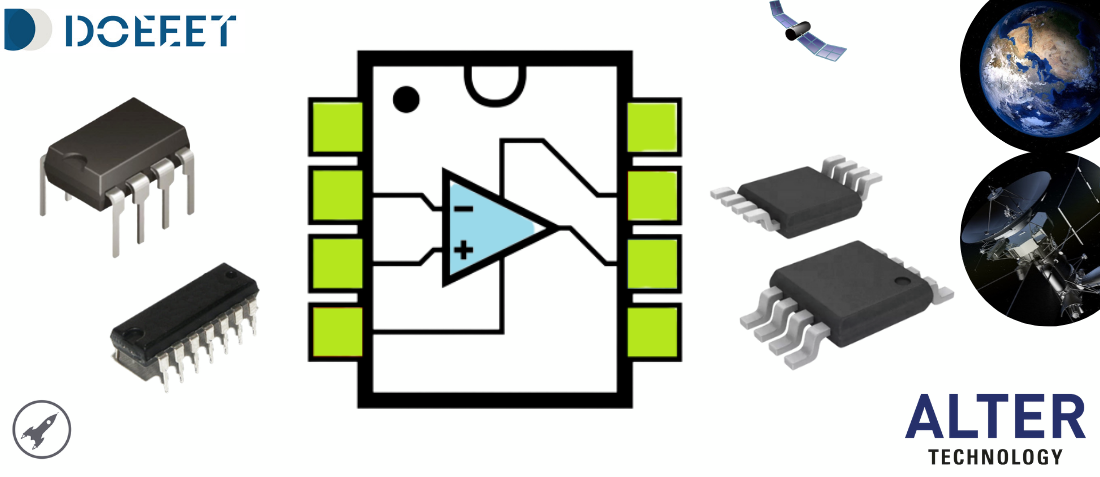
Operational Amplifiers: Fundamentals
- Posted by Javier Alejandro de la Ossa Fernández
- On April 24, 2020
- 0
Op Amps are used in a ton of applications in electronics. They are the perfect part to compliment almost any type of analog circuit block and should be considered the starting point of their design.
Extraordinary high gain, precise input symmetry, nearly zero input current are just some of the features of these components. There is a whole wide variety of different Op Amps…, so it’s essential how to choose one of them to obtain good performances inside your application (such as communication satellites and space data acquisition).
Op Amps figure importantly in applications like current sensing, signal and current sources, filters, rectifiers, signal conditioning, comparators or sensor acquisition, among others.
Here, we will remember the most common basic configurations as a preliminary introduction to other designs that are part of the real world. But first, I would like to make a brief remark about how and why we use this type of integrated circuits.
Sometimes we can feel overwhelmed by the significant number of functions and applications (for example, trying to collect information to write an article) that can cover these small circuits. Still, an Op-Amp is essentially a “gain engine”, that is, these circuits serve to amplify voltage (and current) signals, and I can tell you, even if it’s not a surprise to you, that they do very well.
There have been many situations benefited from this incredible capacity; many of them had been replaced by other specific circuits that have come to provide their solution more efficiently (technology advances!). Still, Op Amps will never die entirely because our world signals are analog.
When we apply a polarity to the inverting input, we invert the signal to the output as long as the polarity applied to the non-inverting input is less than the previous one, since otherwise the polarity is maintained (this does not necessarily mean positive).
As I mentioned before, Op Amps have an enormous voltage gain and using with feedback. In most cases, we find negative feedback to cancel some of the input signal improving linearity and response (Op Amps are optimized for use with negative feedback). Still, we can also find some applications that require positive feedback, for example, to make an oscillator.
Why is feedback necessary? Well, although the gain in an open loop is much higher, the closed-loop gives us control over the properties that previously depended on the open circuit.
The transfer function of Op-Amp can be represented as vo = G x vi, where (G), is dependent on the design of the feedback network itself.
Now, is time to introduce some of the basic configurations or circuits with Op Amps:
BIBLIOGRAPHY:
Paul Horowitz and Winfield Hill, The Art of Electronics. Second Edition. Cambridge University Press, Cambridge, 1989 ISBN 0-521-37095-7
Analog Engineer’s Circuit Cookbook: Amplifiers. Second Edition. Texas Instruments
- Entangled photon sources for quantum communications - December 14, 2022
- Using optical transceiver technology within space vehicles - November 8, 2022
- Issue 224 of ESCC QUALIFIED PART LIST (QPL) - March 21, 2022

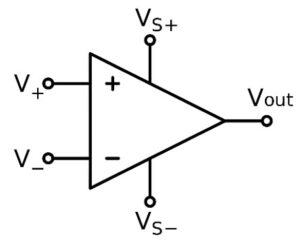

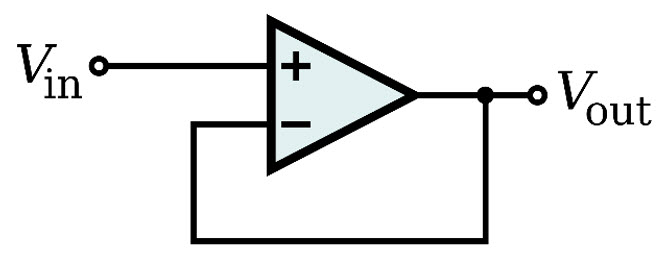

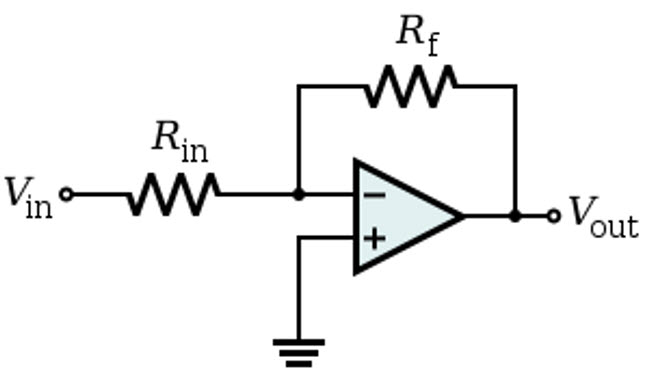

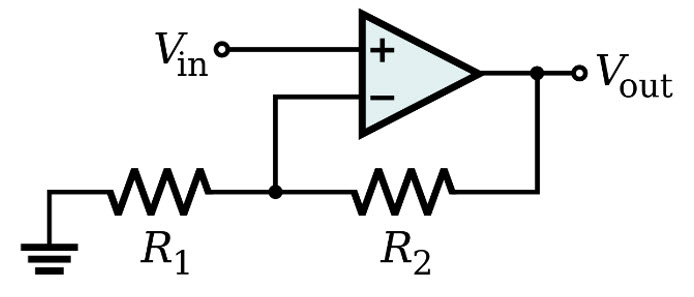

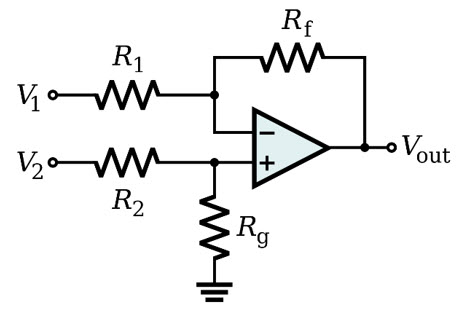
0 comments on Operational Amplifiers: Fundamentals